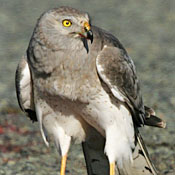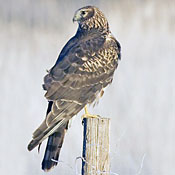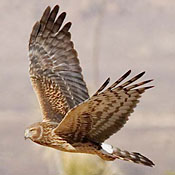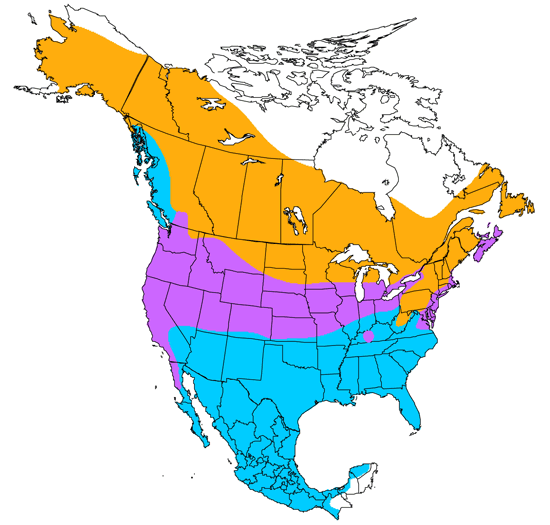The four-digit banding code is NOHA.

Hawk Like
Northern Harrier

Length: 23 in. (58 cm )
Male | Robert Shantz
Female | Robert Shantz
Female | Robert Shantz

Agricultural
Grasslands
Marsh / swamp
Savanna
View Citation
Bibliographic details:
- Article: Northern Harrier
- Author(s): Dr. Biology
- Publisher: Arizona State University School of Life Sciences Ask A Biologist
- Site name: ASU - Ask A Biologist
- Date published: July 13, 2017
- Date accessed: November 28, 2024
- Link: https://askabiologist.asu.edu/activities/bird/northern-harrier
APA Style
Dr. Biology. (2017, July 13). Northern Harrier. ASU - Ask A Biologist. Retrieved November 28, 2024 from https://askabiologist.asu.edu/activities/bird/northern-harrier
Chicago Manual of Style
Dr. Biology. "Northern Harrier". ASU - Ask A Biologist. 13 July, 2017. https://askabiologist.asu.edu/activities/bird/northern-harrier
Dr. Biology. "Northern Harrier". ASU - Ask A Biologist. 13 Jul 2017. ASU - Ask A Biologist, Web. 28 Nov 2024. https://askabiologist.asu.edu/activities/bird/northern-harrier
MLA 2017 Style
Be Part of
Ask A Biologist
By volunteering, or simply sending us feedback on the site. Scientists, teachers, writers, illustrators, and translators are all important to the program. If you are interested in helping with the website we have a Volunteers page to get the process started.











